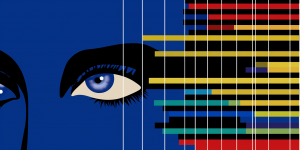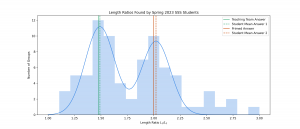After this lesson, students should
- Recognize what types of blinding are useful for solving what types of errors.
- Be able to explain why blind analysis might be needed, by explaining the errors that can arise in its absence.
- Recognize when blind analysis is being used and explain what function it serves. Identify situations and decisions in which blind analysis would be useful.
- Be able to evaluate techniques (e.g., registered replication, adversarial collaboration, peer review)
- for ability to address confirmation bias, and
- in comparison to blind analysis.
- Propose how to use blind analysis for simple studies.

